Did you know that the earliest recorded fraud occurred in 300 BC? Hegestratos and Zenosthemis, two Greek merchants, sank their ship to pocket money from its new insurance policy. Fast forward to the 21st century, and insurance scams such as this still exist, alongside several other methods of fraud.
Perhaps the most significant factor in the evolution of how fraud is devised and conducted has been the internet. The rise of eCommerce, online banking, and social media have created vulnerabilities that cyber-fraudsters are eager to exploit. Even the tactics they use, social engineering, counterfeiting, and skimming for information, have all become easier with the help of the internet.
In this article, we’ll examine the ways technology and the internet are used by scammers, the warning signs you should look out for when browsing online, and what recourse is available if you fall victim to online fraud.
How Technology Has Simplified Fraud Techniques
First, let's look at some specific fraud tactics and how the internet has changed them.
-
Impersonation
Traditional Method: Many types of fraud involve a criminal making a personal connection to their target while pretending to be trustworthy. Traditionally, this is done in person or over the phone to solicit money or obtain more information about the target.
Internet Method: The internet has made it far easier for fraudsters to impersonate official and trustworthy persons or organizations. Cybercriminals can approach multiple targets at once using fake emails, social media profiles, or websites. These fakes can also appear even more convincing, as it's harder to spot the signs of impersonation when it's impossible to see or hear the fraudster.
-
Fake Documents
Traditional Method: Creating fake documents has long been a key tactic in scammers' repertories. IDs, passports, and checks can be used in identity theft, while false invoices or insurance documents convince victims to part with their details or money. Traditionally, this is done by hand.
Internet Method: Scammers can create highly convincing counterfeit documents by utilizing a combination of word processors and more sophisticated software. Several templates are available online to make this process even easier. Then, they distribute the documents digitally, adding another layer of deception.
-
Dumpster Diving
Traditional Method: It sounds unbelievable since the internet method has become so common, but digging through a target's trash is an easy way for fraudsters to find personal details. Fraudsters look for things like letters, receipts, and even birthday cards. They then use this information to aid in identity theft or social engineering.
Internet Method: Finding information on someone using the internet is much easier than literal dumpster diving, as people often overshare on their social media profiles. This, combined with fake forms or surveys, allows fraudsters to learn everything they need to know quickly. The collected data is used to facilitate scams or is sold on online marketplaces.
-
Social Engineering
Traditional Method: Social engineering is the practice of manipulating an individual's emotions to gain information, rush payment, or generally gain their trust. Fraudsters may try to make their targets scared, worried, or angry. Traditionally, this had to be done through in-person meetings or over the phone.
Internet Method: Surprisingly, technology has made it much easier for fraudsters to employ social engineering. A forged overdue bill through your email, a fake text from a distressed family member, or even an anonymous comment on your social media are all effective social engineering methods employed by internet scammers.
Another thing to consider is the techniques that were not in use before the internet came to be but have been made possible thanks to technological advancements. Malware, ransomware, and hacking can be part of large-scale fraud attempts and are only possible thanks to vulnerabilities in software and devices we use every single day.
The Face of Internet Fraud
Perhaps the most dangerous thing about fraud committed over the internet is that, more often than not, it has no face at all. While fraud pre-internet was usually carried out partially or entirely in person, the internet has removed this requirement. This makes spotting scammers even harder when they work online.
However, there are still some clear fraud warning signs that you should be on the lookout for when using the internet, like...
- Unsolicited contact: unexpected messages or calls from anonymous or unverified people.
- Requests for personal information: asking for sensitive details either out of the blue or for peculiar reasons.
- Urgency: Claims you must act quickly or not involve others in the situation.
- Too good to be true: offers of rewards, such as money or goods, that seem disproportionate to your involvement.
- Payment requests: asking for money quickly or requesting to be paid in unusual ways, such as via gift cards.
- Suspicious links or attachments: unfamiliar or strange links/files sent to you via email or text message, or that appear on an untrustworthy website.
- Poor grammar and spelling: mistakes in communication that indicate an individual is rushing or is not based where they claim to be.
- Pressure tactics: attempts to frustrate or make you anxious so you give up details or money.
- Inconsistent information: Details that don't match up either as a conversation progresses or when compared to verified facts.
- Poor compliance: Lack of privacy policy, cookies policy, payment policy, and terms and conditions on a website, or lack of profile picture or verification on social media.
The best thing about familiarizing yourself with the warning signs of online fraud is that you can use them to identify scammers. For example, if you suspect someone who contacted you out of the blue is trying to draw an emotional reaction from you, stay calm and involve a trusted third party to help you determine what to do. Or, if you click an ad on social media for extremely cheap items that take you to an eCommerce site with poor compliance, a quick search for the company's reviews is likely to reveal a scam.
Internet Fraud and Changing Laws
With the internet playing a large role in modern-day fraud, government organizations and law enforcement agencies have had to adapt. This means finding new ways to catch cybercriminals and compensate victims.
If you find yourself a victim of fraud, don't panic. Some laws can offer recourse, including:
Computer Fraud and Abuse Act (CFAA): This act prohibits any unauthorized access to computers. Though it usually applies to large-scale attacks and is used to penalize cybercriminals, it makes hacking an offense and indirectly benefits past and potential victims.
Identity Theft and Assumption Deterrence Act: While this act first criminalized identity theft and fraud in 1998, its provisions are far-reaching enough that credit card fraud, mail fraud, and wire fraud committed partially or fully online are included in its remit.
CAN SPAM Act: Meaning 'Controlling the Assault of Non-Solicited Pornography and Marketing,' the CAN-SPAM Act regulates emails and online messages. If messages contain deceptive, misleading, or harmful information, senders can be fined up to $51,744.
Federal Trade Commission Act (FTC Act): Again, this act, passed over a century ago in 1914, has been updated to include fraudulent practices by eCommerce stores and organizations that operate online and through social media.
Children's Online Privacy Protection Act (COPPA): Children with access to their parents' information are uniquely vulnerable to online fraudsters. This act imposes requirements on websites aimed at children under 13 years old to protect their identities and data.
Fair Credit Reporting Act (FCRA): Ensures the privacy of personal details contained in the files of consumer reporting agencies. If an agency is found to be sharing details with potential online fraudsters, they can be subject to heavy penalties.
Additionally, you can contact the following organizations, either to seek any money or details you've lost or simply to warn them of a fraud attempt:
-
Your Bank
If you've made a payment through online banking or transferred funds to a fraudster's account, your bank can reverse the payment. Make sure to act fast.
-
Your Security Software Provider
Giving a cybercriminal remote access to your computer can feel like an irreversible mistake. But your security software provider will walk you through running a scan and deleting any malware. Make sure only to call the number provided on the official website or in your software handbook.
-
The FTC
Even if you bet on a fraudster, it's worth reporting your experience to the FTC. This helps them gather data about common scams and any evolving threats, and decide the best means of protection. You can report to them here: https://reportfraud.ftc.gov/
Though knowledge of internet fraud and methods of helping victims recover stolen funds, details, and documents have improved, online crime is usually anonymous. Due to this, in many cases, victims simply have to live with the effects of fraud. This is why prevention is critical when it comes to online scams.
In Conclusion…
Always be on the lookout for signs of a scam. Don't hesitate to double-check the information provided to you online or put your foot down if something feels off. The internet has made it far easier for fraudsters to take advantage of you, so make sure you take the necessary steps to protect yourself. The face of fraud may have changed, but proactive measures and vigilance are still the best defense.
Sources and Resources
- https://www.fraud.com/post/the-history-and-evolution-of-fraud/
- https://www.vice.com/en/article/4awvqp/the-unstoppable-rise-of-the-internet-scammer
- https://www.forbes.com/sites/quora/2019/09/16/how-is-digital-fraud-becoming-more-sophisticated-as-technology-advances/
- https://fraud.net/d/dumpster-diving-2/
- https://www.idenfy.com/blog/document-forgery/
- https://resistant.ai/blog/document-fraud
- https://www.takefive-stopfraud.org.uk/advice/general-advice/impersonation-fraud/
- https://www.arborfcu.org/blog/10-warning-signs-its-fraud
- https://www.consumerfinance.gov/ask-cfpb/what-are-some-classic-warning-signs-of-possible-fraud-and-scams-en-2094/
- https://www.fionarobertsongraphics.co.uk/websites/website-legal-pages/
- https://legal.thomsonreuters.com/en/insights/articles/how-your-personal-information-is-protected-online
- https://www.kaspersky.com/resource-center/preemptive-safety/internet-laws

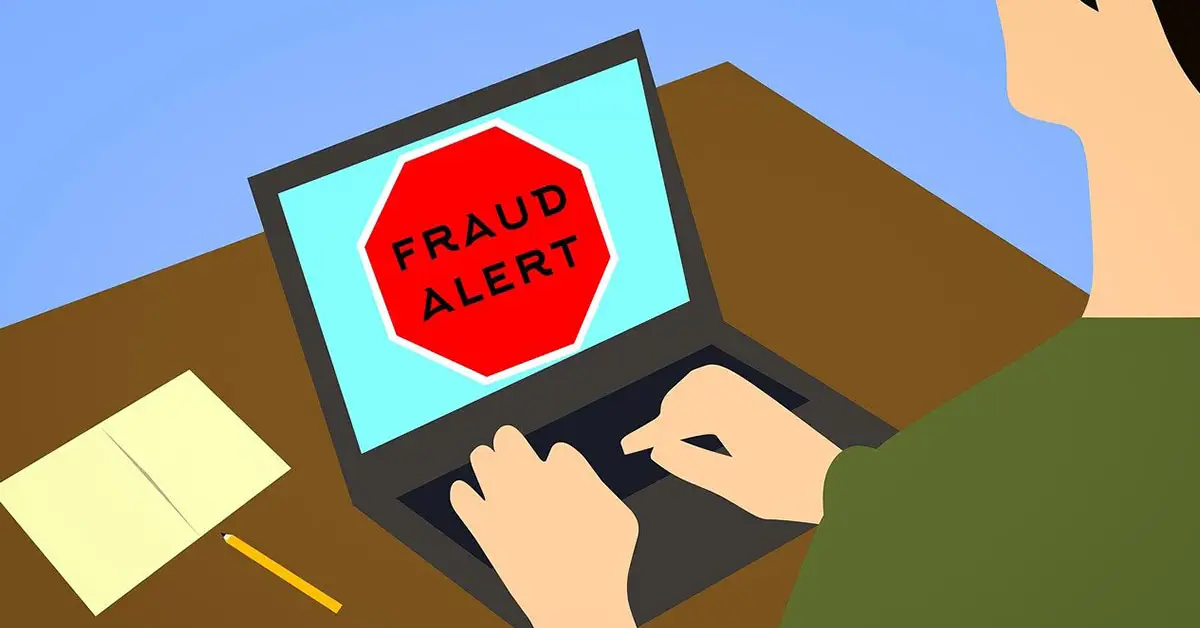


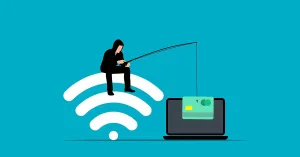
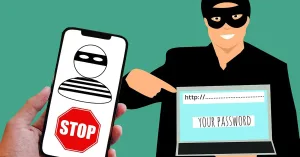
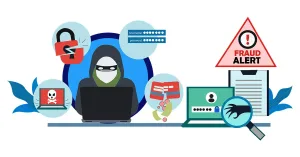
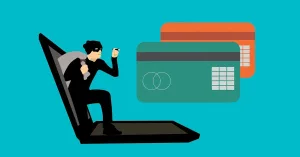













Add comment